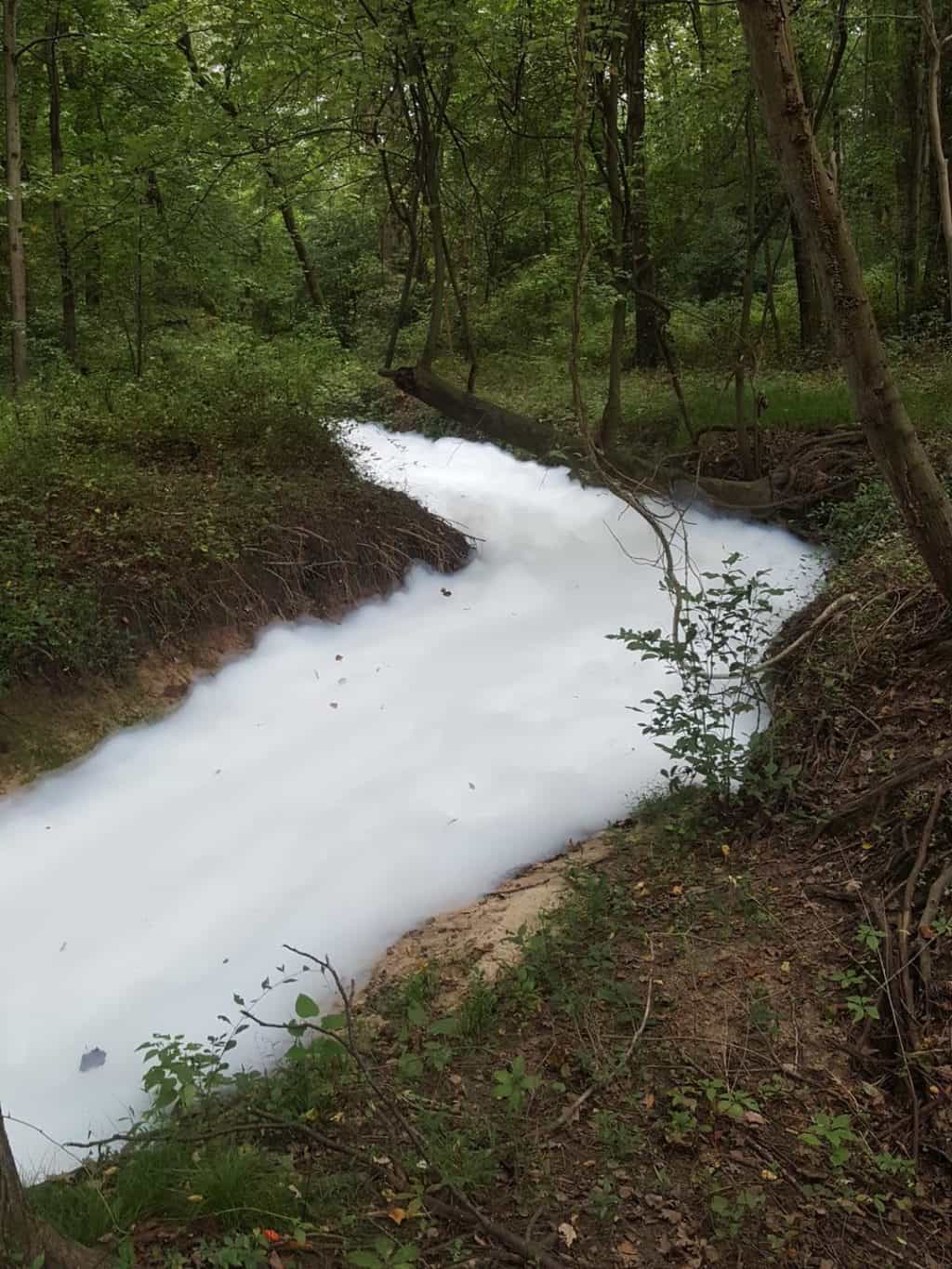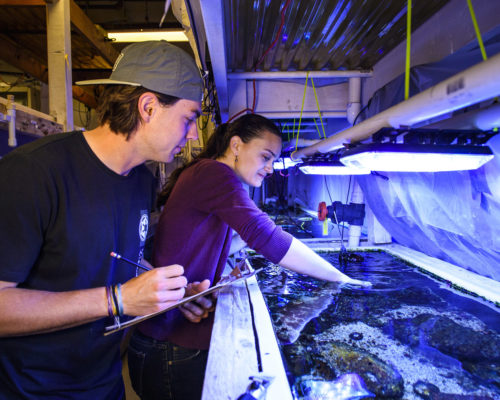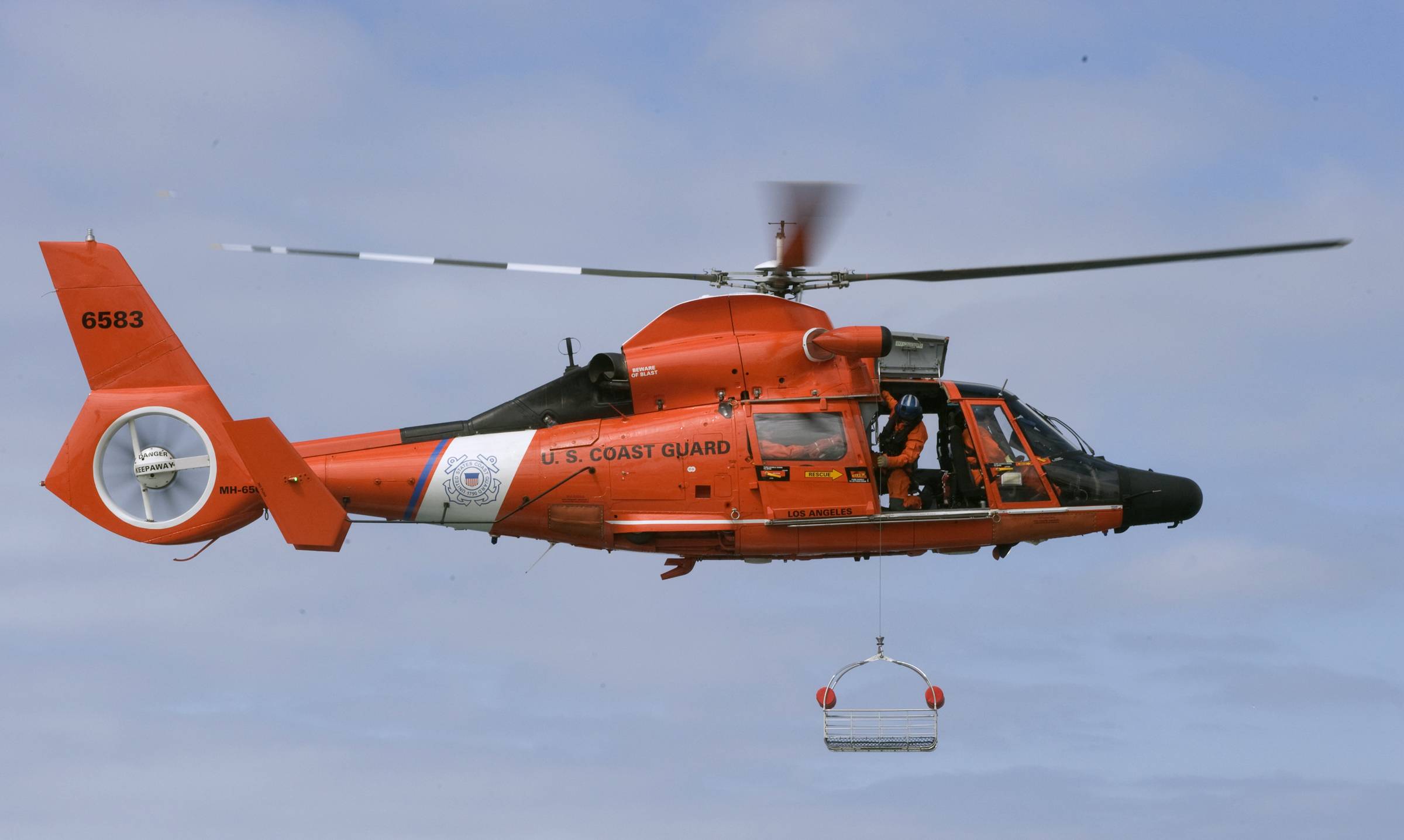The images of foam bubbling up in a waterway that feeds the Severn River were alarming to river advocates and residents. The mysterious substance was found to be firefighting foam, discharged during training at the nearby Anne Arundel County Fire Training Facility in Millersville.
But when Bay Bulletin reported on the issue in mid-October, the foam’s more sinister impacts on Bear Branch hadn’t yet been uncovered. Now, the Maryland Department of the Environment (MDE) confirms a fish kill has been linked to the foam discharge.
MDE spokesman Jay Apperson tells us the department found an estimated 111 dead blacknose dace, a fish in the minnow family that is “tolerant of a wide range of environmental conditions and pollutants,” according to the Maryland Biological Stream Survey. The one- to three-and-a-half-inch fish were all found in the area of the foam discharge.
Apperson says foam in the stream is suspected to be connected to the fish kill, possibly because the foam created a blanket on the water and suffocated the fish.
Anne Arundel County Fire spokesman Capt. Russ Davies says the foam that was used is EPA-approved. When MDE first responded on September 24, they conducted water quality sampling for pH, dissolved oxygen at three locations (one upstream, two downstream) and all results were normal.
But the type of foam used in firefighting contains per- and polyfluoroalkyl substances (PFAs), “forever chemicals” that may be linked to a variety of health problems when people are exposed to it.
Davies says no firefighting foam has been used at the fire training facility since the discharge happened September 24. “There has been an order that there wouldn’t be any foam put out from the training academy going forward,” he tells Bay Bulletin. In the meantime, the department is working on an alternative site for training with foam.
MDE is already looking into risks related to PFAs, including inspecting areas with the highest potential exposure risks for drinking water, surface water, and fish and shellfish. Starting this year the agency will analyze fish tissue samples from recreationally caught fish species across the state, as part of its fish tissue monitoring program.
-Meg Walburn Viviano



